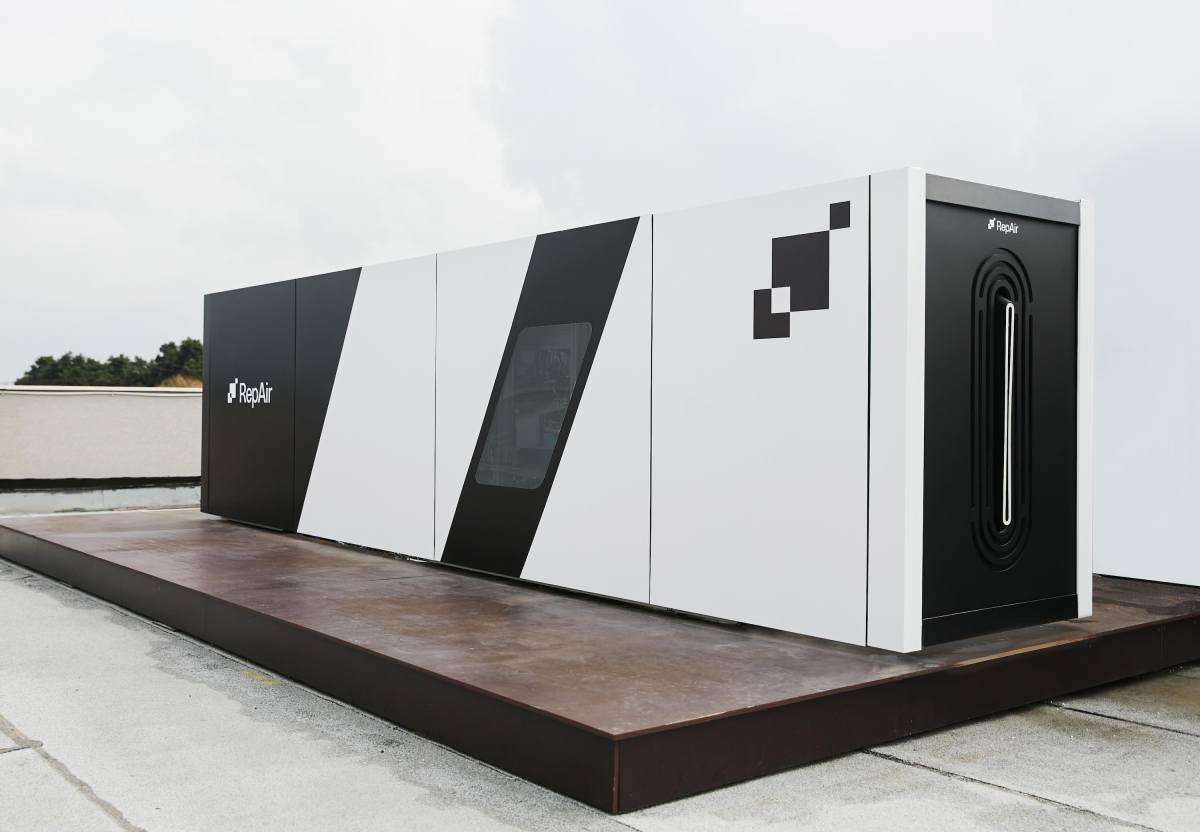RepAir Carbon: Revolutionizing Carbon Removal with Battery-Inspired Machines
In recent years, direct air capture technology has emerged as a pivotal solution in the fight against climate change. This innovative technology, which removes CO2 from the atmosphere, has seen a significant reduction in costs, making it more accessible for various companies. Major players like Microsoft are willing to invest in this technology to meet their ambitious emission reduction goals by 2030. However, smaller enterprises still find the costs prohibitive. Enter RepAir Carbon, a promising startup that aims to revolutionize carbon capture at a fraction of the price.
RepAir Carbon: A Game Changer in Carbon Capture
RepAir Carbon is on a mission to lower the cost of carbon capture to between $70 and $80 per metric ton, significantly undercutting the estimated $600 per metric ton associated with traditional methods. Recently, the company announced a successful $15 million extension to its Series A funding round, led by Extantia Capital and Taranis Carbon Ventures, along with contributions from Ormat Technologies and Repsol. The Israeli Innovation Authority also provided a $3 million grant.
How RepAir’s Technology Works
The key to RepAir Carbon’s cost advantage lies in its innovative use of electricity to capture carbon. Unlike most companies that utilize a solvent needing heating to release CO2, RepAir employs a method akin to a fuel cell but functions more like a battery. Co-founder and CEO Amir Shiner explains that their system operates with:
- Two electrodes separated by a membrane.
- A nickel-based electrode that attracts carbon dioxide when air or flue gas enters the reaction chamber.
- A process that converts CO2 into carbonate and bicarbonate ions.
These ions are then directed to the positive electrode, where they revert to CO2 and hydroxide, enabling the captured CO2 to be stored effectively.
The Advantages of RepAir’s Reversible Process
One of the standout features of RepAir’s technology is its reversibility. Traditional carbon capture systems often require downtime to regenerate the solvent, which can necessitate additional modules to maintain carbon capture efficiency. In contrast, RepAir’s system can regenerate while actively capturing carbon, optimizing overall performance.
Future Applications and Developments
RepAir Carbon’s technology is designed to capture CO2 not only from the atmosphere but also from exhaust streams, such as those produced by power plants. The company is currently in discussions with developers to integrate its technology into gas turbines, aiming to reduce carbon emissions from data centers significantly. Shiner notes, “It’s early, but we have strong interest in this area.”
For more information on carbon capture technology and its implications for climate change, visit Climate.gov or explore related internal articles on our site.







